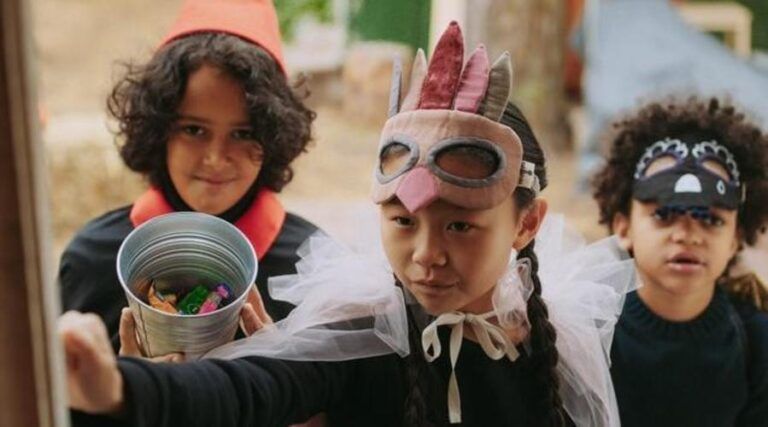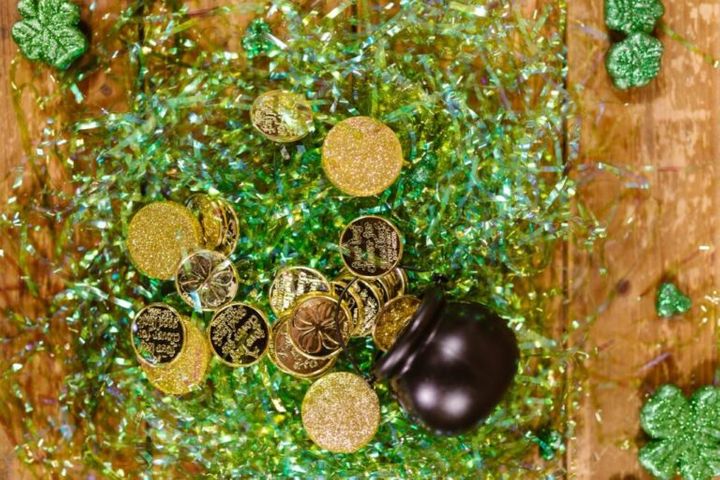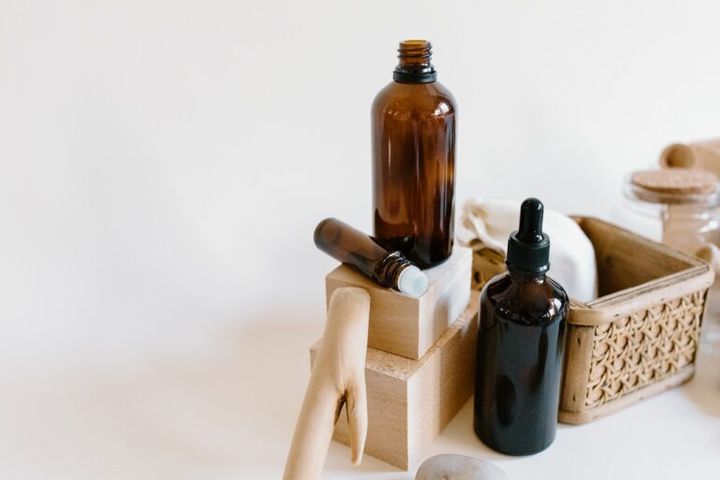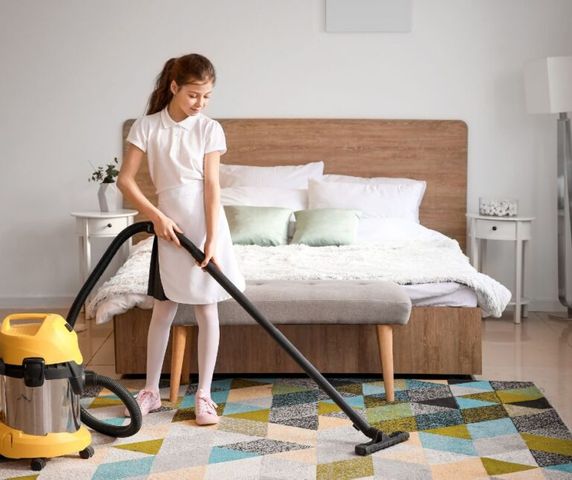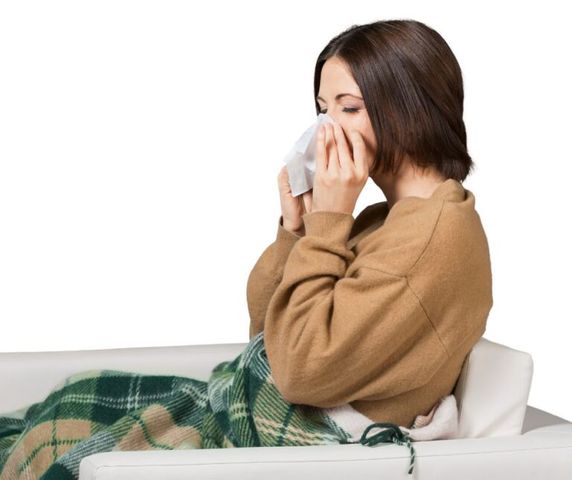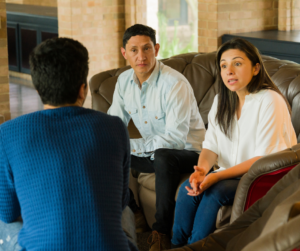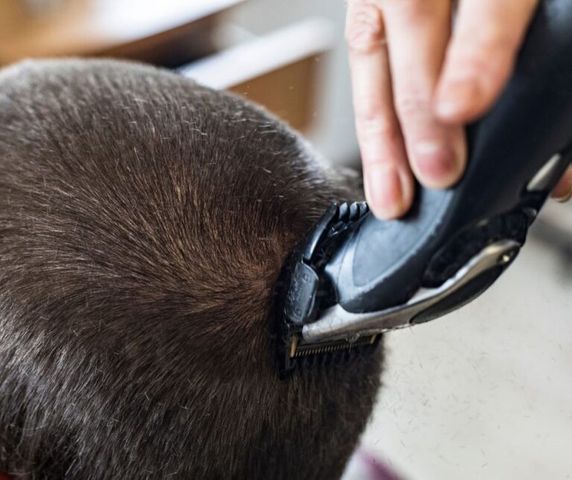Blog
Recent Updates
WHAT ARE NITS (LICE EGGS) AND WHAT DO THEY LOOK LIKE?
Head lice and nits are difficult to see for the untrained eye and even harder to remove. What are nits and why are they such a big deal?
What Are Nits?
Nits are lice eggs that are laid by the louse with a glue like substance that adheres them to the hair strands, making them difficult to remove. It’s important to get rid of all the nits and head lice in one single treatment to break the lice lifecycle.
Female lice can lay 3 to 10 eggs a day, leaving behind many nits. When checking for an infestation it’s more common to see the nits than the crawling head lice, but it is important to remember the nits couldn’t have gotten there without the adult lice. As the female louse continues to lay more eggs, and those eggs continue to hatch, the infestation worsens and the chance of spreading lice to your family and friends increases.
When treating head lice at home – you should know that traditional OTC lice products are not effective at killing the nits. Now, with Super Lice, these toxic head lice products are no longer effective at killing head...
moreHALLOWEEN – COSTUMES, CANDY AND SUPER LICE!
Halloween time is upon us again!
While most families are busy decorating their homes, buying candy and selecting costumes. Here at Lice Clinics Arizona we are getting ready for ghosts, goblins and Super Lice.
Head Lice has been known to be one of parents’ scariest nightmares when it comes to their children. The itchy scalps and stigmas around lice have made parents tremble in fear for years but we are here to put those fears to rest.
Head lice are surrounded by myths and rumors. Our lice experts are here to share the facts so you can put your fears to rest. Here are several lice facts that will provide you with more information to make head lice a little less scary. Read more lice facts.
LICE FACTS
- Head lice spread most commonly through direct hair to hair contact with an infected person. Head lice can’t jump or fly; they crawl from one hair strand to another.
- Super lice are mutated lice that are now resistant to the pesticides in the traditional over-the-counter lice shampoos and products....
Post Holiday Head Lice Increase
Post Holiday Head Lice Increase
The time from Thanksgiving to New Years is a busy time filled with shopping, gatherings, and more. After the holidays, everything else seems to begin catching up to us. This included illness and of course head lice. All of the holiday gatherings can be the perfect place for colds and head lice to spread. Why exactly does the post holiday season bring on an increase in head lice though?
Post Holiday Head Lice Infestations
During the holiday season we gather with friends and family. While this can be a fun and joyous time it can also be a breading ground for illness and head lice. The close contact and nonstop running can put a strain on your body and make you more susceptible. Head lice can easily crawl from host to host during packed gatherings and cause head lice infestations to spread. It can often be a few weeks before you begin to notice your head lice infestation. By this time the holiday season is over and the lice have been spread around.
...
moreWhat to Know About Lice Eggs
What to Know About Lice Eggs?
If you find yourself with head lice, it won’t be long before head lice eggs appear. Head lice eggs, or nits, are the beginning of the lice life cycle and hatch into young louse quickly. Knowing how to look for head lice eggs and how to get rid of them can make all the difference in getting lice free.
What do Lice Eggs Look Like?
Nits are tiny little lice eggs you will find attached to the base of hair during a head lice infestation. They are often off-white or tan and oval shaped. If you see an oval blob attached to the base of your hair, chances are it’s a lice egg. Eggs that appear white or translucent have already hatched while darker eggs are still growing. Eggs are small, less than half a millimeter, and hard to remove.
Lice Life Cycle
Nits, or lice eggs, are the beginning stage of the louse life cycle. When head lice move in, they quickly begin laying eggs and growing the infestation. Nits take 7-10 days to hatch, and they will then begin the first of three molts....
moreTalking to Other Parents About Head Lice
Head lice is always an uncomfortable topic to discuss, especially amongst adults. When it comes to neighborhood gatherings, PTA meetings, or lunch with the girls, the last thing anyone wants is to bring up uncomfortable topics. Head lice is one of those topics though that seems to wedge its way into conversation at the most inconvenient times, when it’s too late and an infestation has occurred. As parents, it’s our job to have the tough discussions ahead of time though to prevent this, so how can we talk to our peers to help avoid the head lice situation?
Be Open
Honesty is always the best policy. Be open about your head lice concerns and that you would like to discuss a plan incase of head lice infestation in your neighborhood, friend group, or school system. Explain the need for open communication, if lice appear in someone’s household it’s best to alert others who may have been exposed rather than be ashamed. Head lice is nothing to be ashamed of, as it can happen to anyone and opening these lines of communication can help set the tone for...
moreDon’t Waste Your Pot of Gold on DIY Lice Treatments
It’s the time of year for leprechauns, rainbows, and pots of gold! We’re all excited to hunt for our pot of gold at the end of the rainbow, but make sure you spend it wisely. Don’t waste your pot of gold on head lice treatments that don’t work like over the counter and DIY lice treatments.
The Cost of DIY Lice Treatments
DIY treatments may seem like the easy and cost-effective route, but they can add up quickly. These treatments require a variety of products and multiple treatments.
– DIY Treatment Products and Shampoos: Average cost $45
– Head Lice Combs: range from $7 to $45
– Re-treatment: Average cost $45
Depending on the treatment you choose your cost may be even higher. The real cost comes when DIY options don’t work, and you end up at the professionals anyways, doubling your expenses.
Why to Avoid DIY Options
From head lice shampoos to age-old home tricks there are a lot of DIY lice treatment options. Some contain lice killing chemicals and others are simple household goods. The problem is...
moreDoes Peppermint Oil Kill or Prevent Lice?
In most homes where lice have dominated, people want to know what can kill or prevent the lice from infesting their area. Unfortunately, killing lice can be challenging despite employing chemical and mechanical technologies. However, Peppermint oil can be a great deal in preventing a lice infestation.
Can Peppermint Oil Prevent Lice?
Peppermint oil is one of the substances utilized in lice prevention in homes. According to research, tea tree oil and peppermint oil act as effective repellents against head lice. However, it is good to keep it simple by using repellents made up of peppermint oil.
Regular application of peppermint extracts repels lice, minimizing the likelihood of contracting lice whenever interacting with an individual with an existing infestation. So grab your Peppermint repellent spray and ward off all lice in your surroundings.
Does Peppermint Oil Kill Lice?
If peppermint oil reduces the likelihood of contracting lice, can it kill lice? Sadly, the outcome is no. Although peppermint extract for lice...
moreCleaning Your Childs Room After Head Lice
When you find out someone if your household has head lice it can be an overwhelming experience. Not only do you have to figure out how to treat the infestation but clean up after it. Knowing your children have had head lice can cause a whole new variety of concerns when it comes to cleaning their rooms. Cleaning your child’s bedroom after head lice doesn’t have to be an overwhelming task.
Head Lice Facts
First off, it’s important to know the facts about head lice so you can be best prepared for them. Head lice do not jump or fly to new hosts but instead spread through direct head to head contact. This means having your children avoid putting their heads near each other or using each other’s accessories that come in close contact with the head can help prevent lice from spreading. Head lice can not survive long without a host either. This means head lice that is in your child’s bedroom cannot live long and you shouldn’t panic.
What Should You Clean?
Knowing that lice are only transferred through direct contact can help...
moreCan Head Lice Make You Sick?
Head lice are concern enough without having to worry about getting sick. Many have heard horror stories of those with head lice contracting infections and falling ill. The truth is head lice do not carry disease. Head lice cannot make you sick, but there is another way you can fall ill as a result of head lice.
Can Head Lice Make You Sick?
As we mentioned above, head lice themselves do not carry disease. If you find yourself sick after having head lice it is likely the result of a skin infection. Excessive scratching can lead to sores on your head that can become infected from bacteria. This is a very rare occurrence but should be taken seriously. If an infection occurs, you should seek medical attention from a professional. While they can be easily treated, you should never let an infection go too long without proper medical attention.
How to Prevent Infection
Treating head lice quickly and effectively can help prevent and eliminate scratching. Performing frequent head checks during times of outbreaks or close contact...
moreTalking To Other Parents About Head Lice
Head lice is always an uncomfortable topic to discuss, especially amongst adults. When it comes to neighborhood gatherings, PTA meetings, or lunch with the girls, the last thing anyone wants is to bring up uncomfortable topics. Head lice is one of those topics though that seems to wedge its way into conversation at the most inconvenient times, when it’s too late and an infestation has occurred. As parents, it’s our job to have the tough discussions ahead of time though to prevent this, so how can we talk to our peers to help avoid the head lice situation?
Be Open
Honesty is always the best policy. Be open about your head lice concerns and that you would like to discuss a plan incase of head lice infestation in your neighborhood, friend group, or school system. Explain the need for open communication, if lice appear in someone’s household it’s best to alert others who may have been exposed rather than be ashamed. Head lice is nothing to be ashamed of, as it can happen to anyone and opening these lines of communication can help set the tone for...
moreWhy Shaving Your Head Won’t Get Rid of Head Lice
Lice are tiny insects that live on the scalp and lay eggs. They are a nuisance, but they are not dangerous. Many people believe that shaving their head will get rid of lice, but this is not true. Lice can survive without a host for up to 48 hours, so even if you have your head, the lice will just come back.
Head lice can survive without a host for 48 hours.
Despite what you may have heard, shaving your head will not get rid of head lice. In fact, head lice can survive without a host for up to 48 hours. This means that they can easily reinfect someone who has shaved their head.
The best way to get rid of head lice is to use a special shampoo or cream rinse that is available over-the-counter or from your doctor. These products kill the lice and their eggs. You may need to use them more than once to make sure all the lice are gone.
Shaving your head will not kill all the lice eggs.
Lice eggs, also called nits, are small and oval shaped. They are usually found close to the scalp, but can sometimes be found further away....
more

